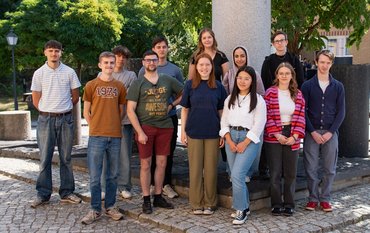The big start, le "Grand Départ" of this year's Tour de France was on 1 July, but preparations began more than 400 million years ago when the rocks of the Massif Central and the Vosges were formed. The science team from www.Geo-Sports.org is getting in on the Tour, explaining the geological conditions that led to the formation of the route.
"Much more than other sports, a cycling race is an event where you can enjoy the surroundings," says geologist Douwe van Hinsbergen, professor at Utrecht University and die-hard cycling fan as one of the co-organisers of the event. "Hence the decision to share our knowledge and the underlying geological treasures with the public, in a fun and accessible way, together with my fellow geoscientists from the Netherlands and abroad." The scientists are accompanying both the men's and women's Tour de France. During this year's "Women's Tour de France", the cycling-mad scientists are also paying special attention to the pioneering women who contributed to the development of the geosciences.
Landscapes like Swiss cheese or neatly folded laundry
This year, the Tour de France will once again lead through the extremely varied landscapes of France and northern Spain. To name just a few highlights: through the hills of the Basque country ("Swiss cheese"), past a volcano in the Auvergne that was once the largest in Europe, along rocks in the Alps that look like neatly folded laundry, and to dinosaur tracks in the Jura. If you are curious about how these phenomena originated, how you can recognise them and how they affect our lives today, take a look at www.Geo-Sports.org.
Have you ever wondered why there are such magnificent volcanic formations in the middle of France? On 11 July, stage 10 of the Tour de France passes through the Massif Central. The 167 km route, which fits this theme, starts in Vulcania at an altitude of 783m and ends in Issoire at 390m. Bernhard Steinberger from the GFZ has written the matching article. Here you can find out more: Link to the GFZ contribution for stage 10: A fiery mystery
Geological formations along the route? Send pictures #GeoTdF !
Spectators can also share photos and ask questions on Twitter and Instagram under the hashtag #GeoTdF. You can follow/travel along geo-sports daily on the Twitter account @geotdf." Fans can also follow Geo-Sports on other social media channels: https://linktr.ee/geosports
Geo-Sports.org is an initiative of Utrecht University and the Naturalis Biodiversity Center (both from the Netherlands). Thirty researchers from 25 different research institutions in twelve countries on four continents have participated in the project. The website is available in nine different languages, including English, French, German and Dutch.



![[Translate to English:] senkrechter Blick von oben auf eine Straße, auf der Straße steht geschrieben: "Tour de France Go Mantle", darunter ist ein Fahrrad abgebildet und darunter ein Logo (rot-weiß) von "Geology of Geosports"](/fileadmin/_processed_/e/4/csm_1_Geo_TdF_at_Col_d_Iss%C3%A8re_9f7059cfab.jpeg)
![[Translate to English:] In der Mitte ein Radfahrer auf einer Straße vor einem Abhang, rechts davon sind Nadelbäume zu sehen. Auf der anderen Seite des Abhangs ist ebenfalls ein Nadelwald, darüber sieht man eine zum Teil schneedeckte Gebirgskette](/fileadmin/_processed_/8/9/csm_2_Deep-oceanic_rocks_high_in_the_Alps_2099576eb1.jpeg)
![[Translate to English:] Loch im Felsen](/fileadmin/_processed_/7/a/csm_3_Ojo_de_Aitzulo_Swiss_cheese_b4927278bd.jpeg)

![[Translate to English:] Eine Frau mit weißem Kopftuch und ein Mann mit dunklen Haaren sitzen vor mehreren großen Computerbildschirmen mit Messdaten und Karten.](/fileadmin/_processed_/7/f/csm_20241221_PM-GITEWS_Abb0_Kachel_2b4cf3de2f.jpeg)




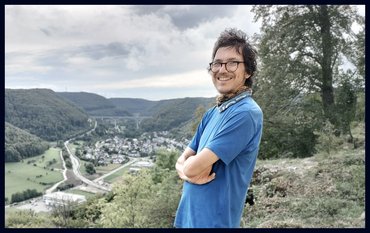


![[Translate to English:] [Translate to English:] Abror Gafurov von dem Schriftzug "Welcome to Azerbaijan" und den UN und COP Logos](/fileadmin/_processed_/2/5/csm_2024_11_Baku_COP29_Abror_Gafurov_1042faec82.jpeg)


![[Translate to English:] Martin Herold standing in front of the library on the Telegrafenberg](/fileadmin/_processed_/c/d/csm_Martin_Herold_d385ee4dd9.jpeg)
![[Translate to English:] Many people are listening to a presentation in the GFZ lecture hall.](/fileadmin/_processed_/c/a/csm_1_Bild1_hell_b9c0e9f5ed.jpeg)


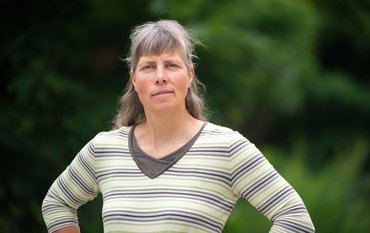

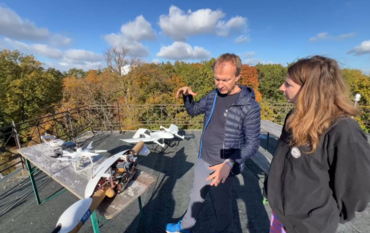

![[Translate to English:] Both scientists sitting on stools in front of a wall of books in the Telegrafenberg library](/fileadmin/_processed_/6/6/csm_Buiter_Castell_DORA_4_e87cb1ea18.jpeg)
![[Translate to English:] Gruppenbild mit 4 Personen](/fileadmin/_processed_/8/d/csm_20241017_GFZ-Emmerman-Medal-005_web_reinhardtundsommer_21a414fa4a.jpeg)

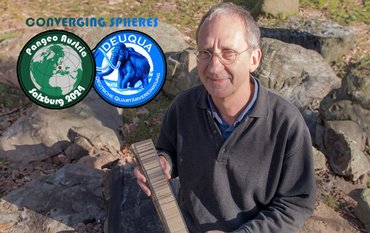



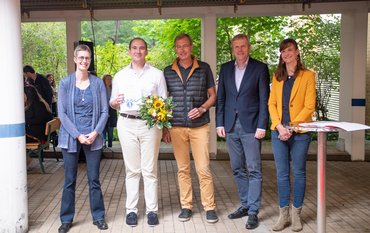
![[Translate to English:] Ice landscape with five red tents](/fileadmin/_processed_/8/9/csm_Zeltlager_auf_dem_Eis_Urheberin_Jenine_McCutcheon_5ced2d523b.jpeg)

